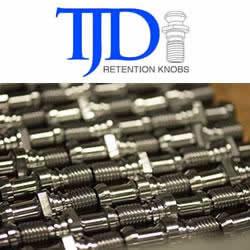Vaquform: The World's First Digital Desktop Vacuum Former
Beyond the Hype: What's Next for Industrial 3D Printing
Manufacturers raise investment in next-gen tech, survey says
S. Korea's Hanwha to develop smart factory platform
Google Ventures, BMW, Lowe's Invest in Desktop Metal
Number of Smart Factories in South Korea to be Almost Doubled
Five steps to enabling a data-driven, smart factory
MIT Builds Invisible Fish Grabbing Robot
U.S. investors see more automation, not jobs, under Trump administration
Adidas reveals plans for 3D printing 'Speedfactory'
ASU site of largest academic additive manufacturing center in the southwest US
3D graphene: MIT scientists develop super-light, super-strong structure
CES 2017 - MarkForged 3D prints metal
Manufacturers most upbeat in two years, ISM survey shows
YCF - 2017 could be year of smart factory
Records 301 to 315 of 384
First | Previous | Next | Last
Supply Chain - Featured Product

